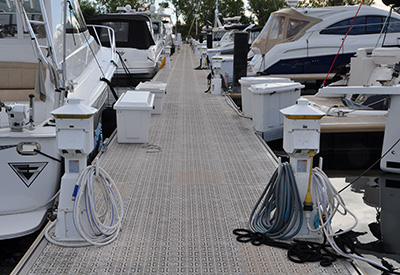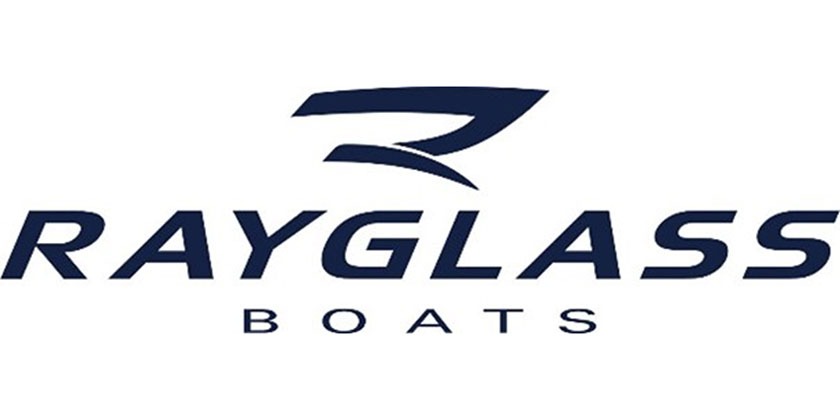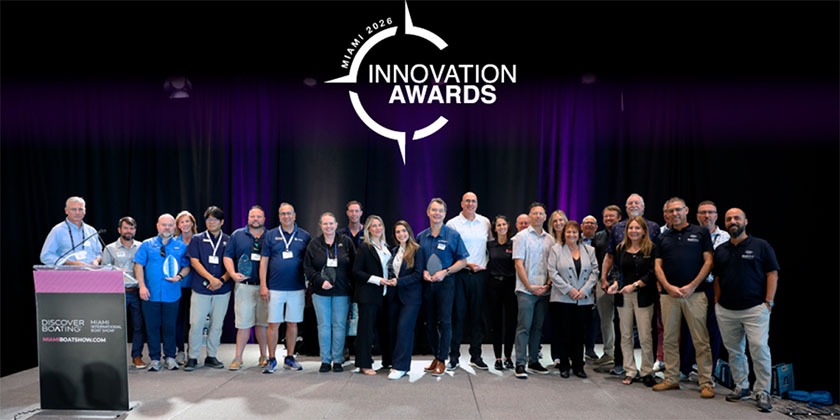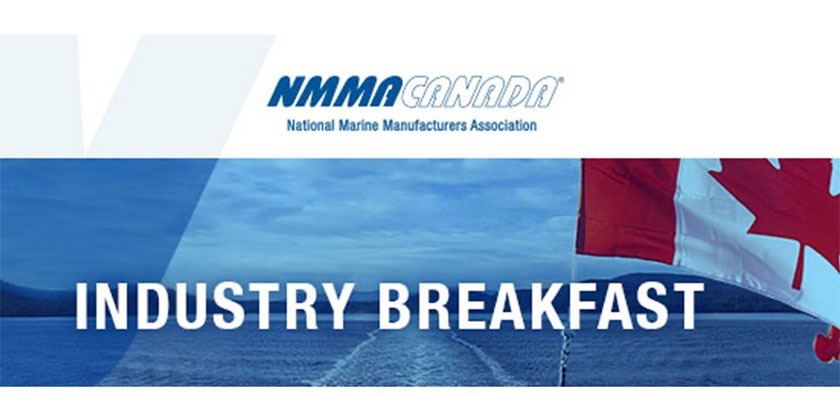Important marina safety tips from ESA, the Electrical Safety Authority

June 26, 2023
Nuisance Circuit & Ground Fault Tripping
Here are a few important marina safety tips from ESA, the Electrical Safety Authority. The ESA is mandated by the Ontario Government to regulate and promote electrical safety in Ontario.
What to do for Nuisance Circuit & Ground Fault Tripping
-Identify the issue before resetting the breaker or receptacle. Turn off or unplug equipment before resetting.
-If you suspect an issue with your dock’s electrical system, immediately turn off the power at the electrical panel and contact a Licensed Electrical Contractor to check your system.
-Labelling of breakers in panels to identify which breaker and what it feeds. Understand what is fed from each breaker in your vessel or shore power panel.
-Before an electrical product or piece of electrical equipment is used, sold, displayed or advertised for sale in Ontario, it must be approved by an accredited certification or evaluation agency. The item must carry the official mark or label of the agency which indicates that the product has been independently assessed for safety. Use of unapproved products may cause property damage or harm. https://esasafe.com/electrical-products/recognized-certification-marks/
-Always use an LEC (Licenced Electrical Contractor) for electrical work and be sure that they file for a notification of work with the ESA (Electrical Safety Authority). Need to find one? Use ESA’s Contractor Locator Tool to find one near you: https://findacontractor.esasafe.com/
For more information on electrical safety tips, taking out a notification or finding a licensed electrical contractor near you, visit www.esasafe.com.
Is Your Facility Ready for The Future of Boating?
Here are a few important marina safety tips from ESA, the Electrical Safety Authority. The ESA is mandated by the Ontario Government to regulate and promote electrical safety in Ontario.
The Future of Boating is sure to include both increased electrical demands from owners of larger boats and customer demand for electric charging for both EVs on land and Electric Boats at the docks.
Preparing for the Future
-Plan ahead for upgrading electrical infrastructure at marinas with the capacity to handle electric boats at your docks and electric vehicles in the parking lots.
-Larger boats will have more power requirements in future – heaters for extended season or two AC units for hotter summers. Larger vessels may eventually have a charging unit on board to charge small tenders or PWC’s.
-Homeowner electrical upgrades to docks and boathouses to allow for electric boat charging units at cottages will be in demand. Some of these charging units require more power than others. Make sure the charging units are certified for use in Canada and are connected by an LEC (Licenced Electrical Contractor) with an ESA (Electrical Safety Authority) notification.
-Always use an LEC (Licenced Electrical Contractor) for electrical work and be sure that they file for a notification of work with the ESA (Electrical Safety Authority) or the AHJ (Authority Having Jurisdiction). Need to find one? Use ESA’s Contractor Locator Tool to find one near you.
For more information on electrical safety tips, taking out a notification or finding a licensed electrical contractor near you, visit www.esasafe.com .
























